Showing 241 to 250 of 272 results
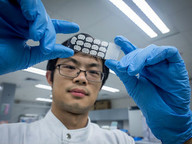
Having brought to light the previously little-known cholecystokinin (CCK) as the memory-writing switch in the brain few years ago, the team led by Professor He Jufang, Wong Chun Hong Chair Professor of Translational Neuroscience at City University of Hong Kong, recently further revealed the memory formation mechanism: high-frequency stimulation (HFS) induces the release of CCK, leading to memory formation, and N-methyl-D-aspartate receptors (NMDARs) enable memory formation via controlling CCK release. The findings consolidate the theoretical basis for developing new treatments for patients with Alzheimer’s disease and epilepsy.
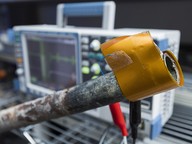
A research team from the Department of Systems Engineering and Engineering Management (SEEM) at City University of Hong Kong (CityU) has developed a pioneering non-destructive-testing based inspection system that can detect corrosion in buried and wall-covered pipes.
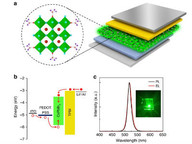
Metal halide perovskites are regarded as next generation materials for light emitting devices (LEDs). A recent joint-research co-led by the scientist from City University of Hong Kong (CityU) has developed a new and efficient fabrication approach to produce all-inorganic perovskite films with better optical properties and stability, enabling the development of high colour-purity and low-cost perovskite LEDs with a high operational lifetime.

In a single sneeze or a cough, as many as 40,000 tiny droplets are forcibly propelled from our mouth and nose into the air. While we cannot control our sneezing, researchers from City University of Hong Kong’s (CityU) have recently developed an original method to collect micro-droplets, such as these precious human dewdrops, which may shed light on applications in detecting disease-causing bacteria and preventing the spread of disease.

A research project conducted by the Electronic Engineering (EE) Department at City University of Hong Kong (CityU) has developed a software that can optimize mobile network design and reduce the energy consumption of the base stations by up to 4%.
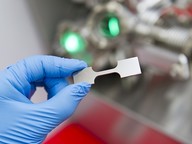
A research team led by City University of Hong Kong (CityU) has developed a novel strategy to develop new high-strength alloys which are extremely strong and yet also ductile and flexible. The strategy overcomes the critical issues of the strength-ductility trade-off dilemma, paving the way for developing innovative structural materials in future.
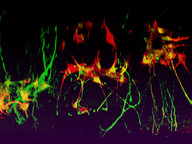
Neuronal development is often regulated by the graded distribution of guidance molecules, which can either attract or repel the neuronal migration or neurite projection when presented in a format of concentration gradients, or chemotaxis. However, many details about the process is largely unexplored.
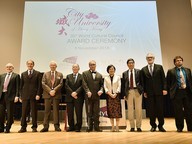
The 35th World Cultural Council (WCC) Award Ceremony, hosted in Hong Kong and the Greater China region for the first time, was successfully held at City University of Hong Kong (CityU) on 8 November.
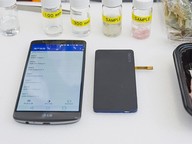
A new system for testing food safety developed by an interdisciplinary research team at City University of Hong Kong (CityU) can rapidly detect contaminants in food in ten minutes with concentrations of less than 0.2ppm (parts per million).
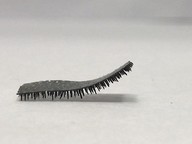
A novel tiny, soft robot with caterpillar-like legs capable of carrying heavy loads and adaptable to adverse environment was developed from a research led by City University of Hong Kong (CityU). This mini delivery-robot could pave way for medical technology advancement such as drugs delivery in human body.